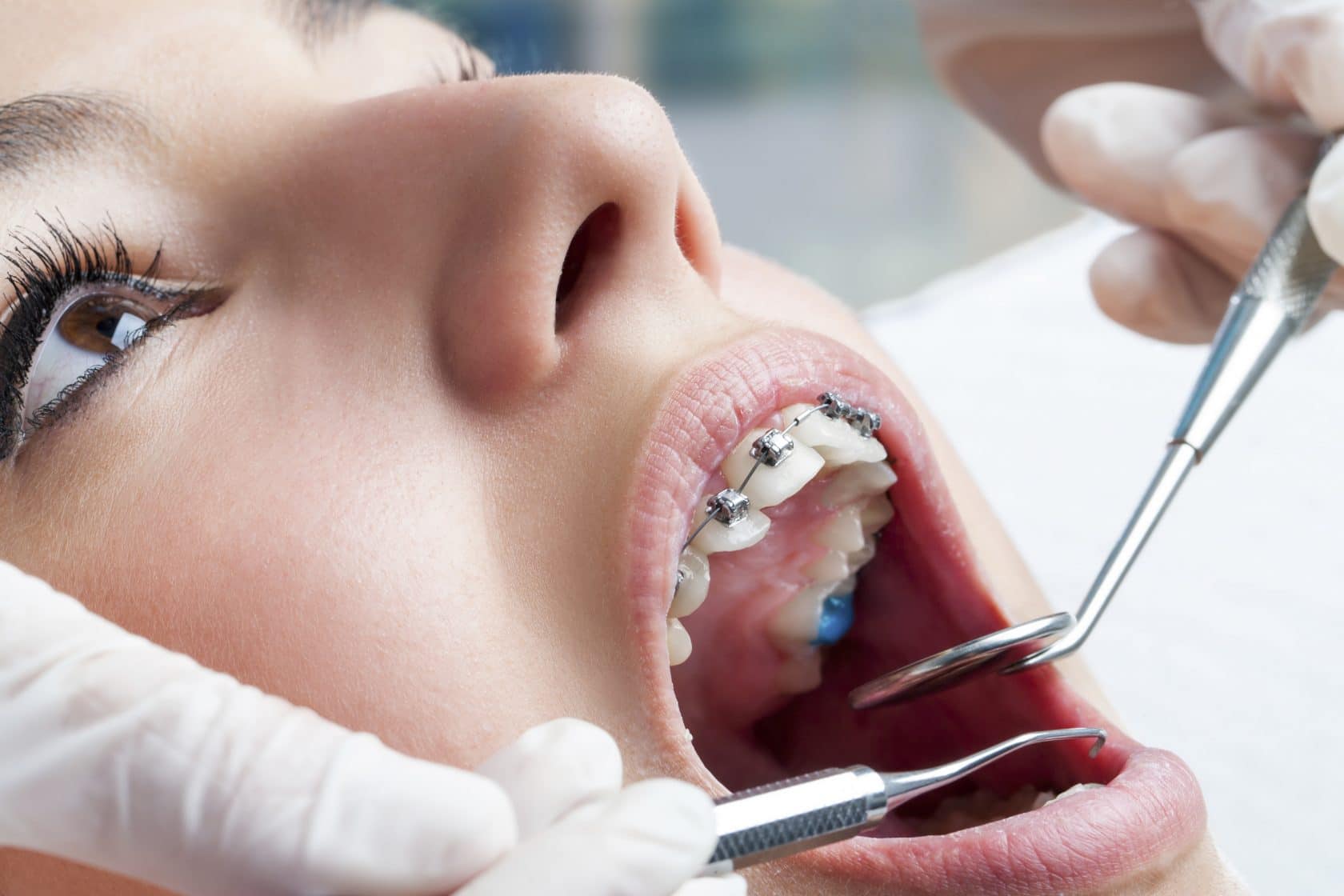Locating the Right Cumming Orthodontist for Your Braces and Aligners Demands
Locating the Right Cumming Orthodontist for Your Braces and Aligners Demands
Blog Article
Comprehensive Guide to Orthodontics Treatments for Fixing Oral Imbalances
Comprehending the ins and outs of each treatment, including their systems, benefits, and prospective downsides, is important in making informed choices about one's orthodontic therapy. As we navigate through the extensive overview to orthodontic treatments for fixing dental imbalances, the complex information of each approach will unfold, dropping light on the course towards a harmonious and useful oral alignment.
Orthodontic Procedures Summary

Along with clear aligners and standard braces, orthodontists might likewise advise other interventions like headgear, palatal expanders, or retainers to resolve particular positioning problems (invisalign). These treatments are customized per individual's distinct requirements and may involve a mix of treatments to accomplish the desired results. Normal changes and monitoring are important parts of orthodontic therapy to guarantee progress is on track and to make any type of essential adjustments in the process. By going through orthodontic procedures, individuals can not just attain a straighter smile but likewise enhance their overall dental health and function.
Typical Braces: Exactly How They Work
When taking into consideration orthodontic treatments for dental imbalances, typical braces stick out as a tried and true method for fixing teeth positioning. Standard dental braces include braces, cables, and bands that collaborate to apply constant pressure on the teeth, slowly relocating them right into the desired alignment. The braces are affixed to the teeth using a special adhesive, and the cords are threaded with the brackets. By readjusting the tension of the cords, orthodontists can manage the direction and pressure related to each tooth, leading them right into correct alignment in time.
One secret aspect of just how conventional braces work is the procedure of bone remodeling. As stress is put on the teeth through the braces, the bone surrounding the teeth is improved to support the new tooth settings. This remodeling is necessary for the long-term security of the dealt with positioning. People will need routine modifications at the orthodontist's workplace to make sure the braces proceed to apply the right stress for reliable teeth movement.
Unnoticeable Aligners: Disadvantages and pros
Unseen aligners offer a hassle-free and very discreet choice to typical dental braces for correcting dental misalignments. These clear, personalized trays are practically unnoticeable when worn, making them an attractive choice for people seeking a much more aesthetically pleasing orthodontic treatment. One of the primary benefits of unseen aligners is their removability, permitting less complicated upkeep of oral health compared to conventional dental braces. People can eliminate the aligners before eating or brushing their teeth, minimizing the threat of food getting stuck in the home appliance and simplifying the cleansing process.

Surgical Orthodontic Options
Surgical interventions in orthodontics present viable options for dealing with intricate oral misalignments that might not be properly fixed through traditional orthodontic treatments. While standard dental braces and unnoticeable aligners can correct several orthodontic issues, particular cases require surgical treatment to achieve optimal outcomes. Surgical orthodontic alternatives are usually recommended for extreme malocclusions, substantial jaw inconsistencies, and situations where the underlying bone structure requires alteration to accomplish appropriate positioning.
One typical surgical orthodontic treatment is orthognathic surgical procedure, which involves repositioning the jaws to correct functional concerns such as trouble speaking or chewing. This surgery is commonly executed in partnership with an orthodontist who aids align the teeth before and after the procedure. Surgical orthodontics may also include procedures to reveal impacted teeth, get rid of excess periodontal tissue, or reshape the jawbone to produce a more harmonious facial account.
Prior to considering surgical orthodontic options, individuals go through a comprehensive examination to establish the need and potential advantages of such interventions. cumming orthodontist. While surgical treatment may seem challenging, it can considerably improve both the feature and looks of the smile in cases where get more traditional orthodontic therapies fall short
Retainers and Post-Treatment Treatment

Post-treatment care entails following the orthodontist's directions vigilantly. This may include appropriate oral hygiene methods, going to follow-up consultations, and putting on the retainers as suggested. Failure to adhere to post-treatment treatment directions can cause relapse, where the teeth gradually return towards their initial placements. Constant retainer wear, good dental hygiene, and sedation dental care normal dental exams are essential for preserving the results accomplished via orthodontic surgical treatment and making sure the long-lasting security of the remedied dental alignment.
Conclusion
In verdict, orthodontic procedures offer numerous alternatives for correcting dental misalignments. Surgical orthodontic options are readily available for more serious imbalances. Overall, orthodontic procedures can properly improve dental wellness and visual appearance.
As we browse with the comprehensive overview to orthodontic treatments for remedying oral misalignments, the elaborate details of each approach will unravel, shedding light on the course toward a functional and unified oral placement. - cumming aligners
One of the most usual orthodontic therapies is the usage of dental braces, which consist of steel braces and cables that apply mild pressure to slowly move teeth into the preferred setting.When considering orthodontic look at here therapies for oral misalignments, standard dental braces stand out as a time-tested approach for remedying teeth placing. Furthermore, unseen aligners might not be appropriate for complicated orthodontic issues that require even more significant teeth activity, as they are usually advised for moderate to modest instances. Retainers are tailor-made orthodontic devices created to hold teeth in their fixed settings after the completion of orthodontic treatment.
Report this page